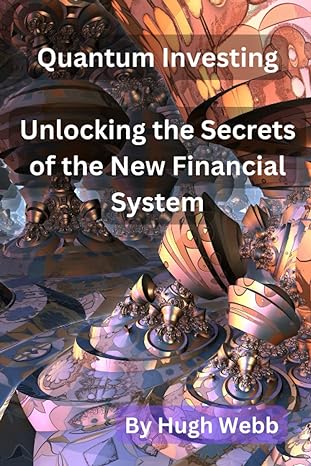
6. Ch. 12 Introduction to capital structure theory In his private office, just down the hall from his conference room, the Chief Financial Officer (CFO) of Nale Construction Company (NCC) is meeting with his newly hired assistant, Richard. CFO: Before our next meeting with the bankers, let's take a second and make sure that we have a common understanding about the company's capital structure. NCC can potentially have three different capital structures: its actual capital structure, a target capital structure, and an optimal capital structure. If we wanted to talk about the long-run capital structure at which NCC ultimately wants to operate, we'd be talking about which capital structure, Richard? capital structure. This is the capital structure that NCC wants to operate, and it can differ RICHARD: We'd be talking about NCC's from its ideal capital structure. CFO: Very good. Now, if NCC's current capital structure consists of 44.5% debt and 55.5% common equity, then, Richard, how would we know if we are operating with our optimal capital structure? RICHARD: An optimal capital structure is characterized by two important attributes: First, it the firm's weighted average cost of capital, and second, it the value of the firm, which should make our shareholders very happy. CFO: Again, that's great! Now, tell me, in general and without talking about NCC in particular, why would a company ever be willing to operate with a capital structure that is not equal to its desired or target capital structure? RICHARD: Well, sir, there are several reasons that I can think of. Let's see. First, a firm may use debt and equity financing that differs from its targeted amounts if its business activities or its industry becomes more risky or competitive. In general, these circumstances will decrease a firm's reliance on debt financing. Second, the availability of may prompt a company to borrow more or issue new shares and thereby deviate from its target capital structure. Lastly, the advantage of using a less- than-optimal level of debt is that it the firm's reserve borrowing capacity. CFO: Richard, you've passed my first test with flying colors! With this understanding of the theory and some real-world experience, you'll be earning your bonus in no time. 6. Ch. 12 Introduction to capital structure theory In his private office, just down the hall from his conference room, the Chief Financial Officer (CFO) of Nale Construction Company (NCC) is meeting with his newly hired assistant, Richard. CFO: Before our next meeting with the bankers, let's take a second and make sure that we have a common understanding about the company's capital structure. NCC can potentially have three different capital structures: its actual capital structure, a target capital structure, and an optimal capital structure. If we wanted to talk about the long-run capital structure at which NCC ultimately wants to operate, we'd be talking about which capital structure, Richard? capital structure. This is the capital structure that NCC wants to operate, and it can differ RICHARD: We'd be talking about NCC's from its ideal capital structure. CFO: Very good. Now, if NCC's current capital structure consists of 44.5% debt and 55.5% common equity, then, Richard, how would we know if we are operating with our optimal capital structure? RICHARD: An optimal capital structure is characterized by two important attributes: First, it the firm's weighted average cost of capital, and second, it the value of the firm, which should make our shareholders very happy. CFO: Again, that's great! Now, tell me, in general and without talking about NCC in particular, why would a company ever be willing to operate with a capital structure that is not equal to its desired or target capital structure? RICHARD: Well, sir, there are several reasons that I can think of. Let's see. First, a firm may use debt and equity financing that differs from its targeted amounts if its business activities or its industry becomes more risky or competitive. In general, these circumstances will decrease a firm's reliance on debt financing. Second, the availability of may prompt a company to borrow more or issue new shares and thereby deviate from its target capital structure. Lastly, the advantage of using a less- than-optimal level of debt is that it the firm's reserve borrowing capacity. CFO: Richard, you've passed my first test with flying colors! With this understanding of the theory and some real-world experience, you'll be earning your bonus in no time







